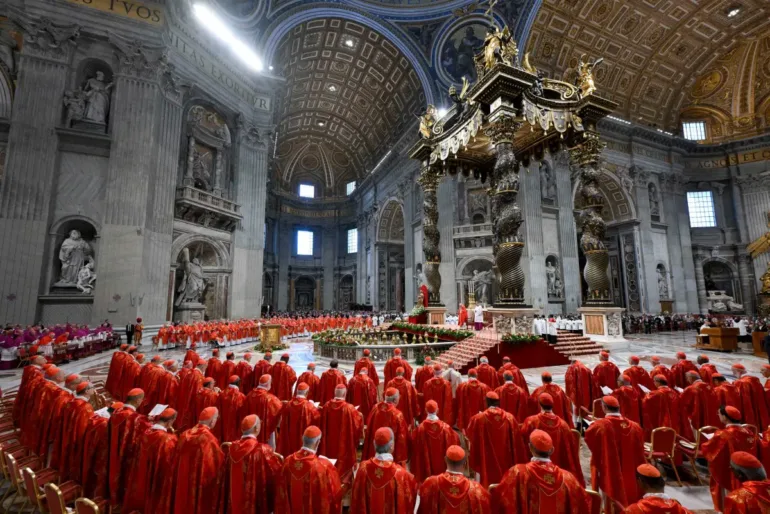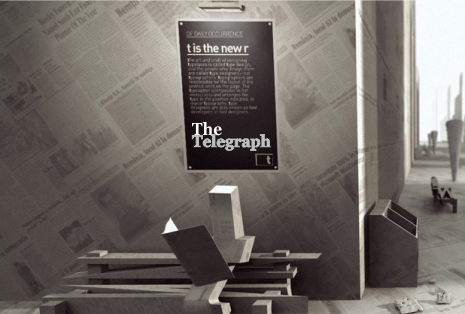Red-robed cardinals gathered in solemn prayer at the Vatican on Wednesday before entering the conclave to elect a new pope following the death of Pope Francis last month, ending his 12-year papacy.
A total of 133 cardinal electors — from around 70 countries — proceeded from a final mass at St Peter’s Basilica into the Sistine Chapel, where they will remain locked in until a new pontiff is chosen. Many of the cardinals had never met before being summoned for the vote, and no clear frontrunner has emerged.
The conclave is the largest in Church history, and the next pope must secure at least 89 votes — a two-thirds majority. Under Michelangelo’s iconic ceiling, Italian Cardinal Pietro Parolin, the lead elector and a known contender, called on the Holy Spirit to guide the process.
Cardinal Giovanni Battista Re, dean of the College of Cardinals, reminded voters of the immense responsibility ahead. “This is a strong call to maintain unity — not uniformity — within the Church,” he said, urging them to put aside personal considerations.
The Church faces significant challenges: geopolitical instability, internal divisions, fallout from abuse scandals, declining congregations in the West, and debates over the roles of women and Church finances.
Outside the Vatican, women’s rights activists protested the exclusion of women from the conclave. “You cannot go into a locked room and decide the Church’s future without half its members,” said Miriam Duignan of the Wijngaards Institute.
About 80% of the cardinal electors were appointed by Francis, who was known for his progressive stance and advocacy for the marginalized. Yet, opinions are divided: some seek a pope to continue his legacy; others prefer a more conservative voice.
Over a dozen candidates are reportedly under consideration, including Italy’s Pierbattista Pizzaballa, Hungary’s Peter Erdo, and Sri Lanka’s Malcolm Ranjith. But the details of the vote remain secret — cardinals surrender their phones, swear oaths of secrecy, and promise to accept the papacy if elected.
As tradition dictates, ballots are cast in Latin and placed into an urn beneath Michelangelo’s Last Judgment. After each round of voting, the ballots are burned — black smoke signals no decision; white smoke reveals a new pope.
Outside, crowds gathered in St Peter’s Square, eyes on the chapel chimney. Results from the first vote are expected by early evening.


